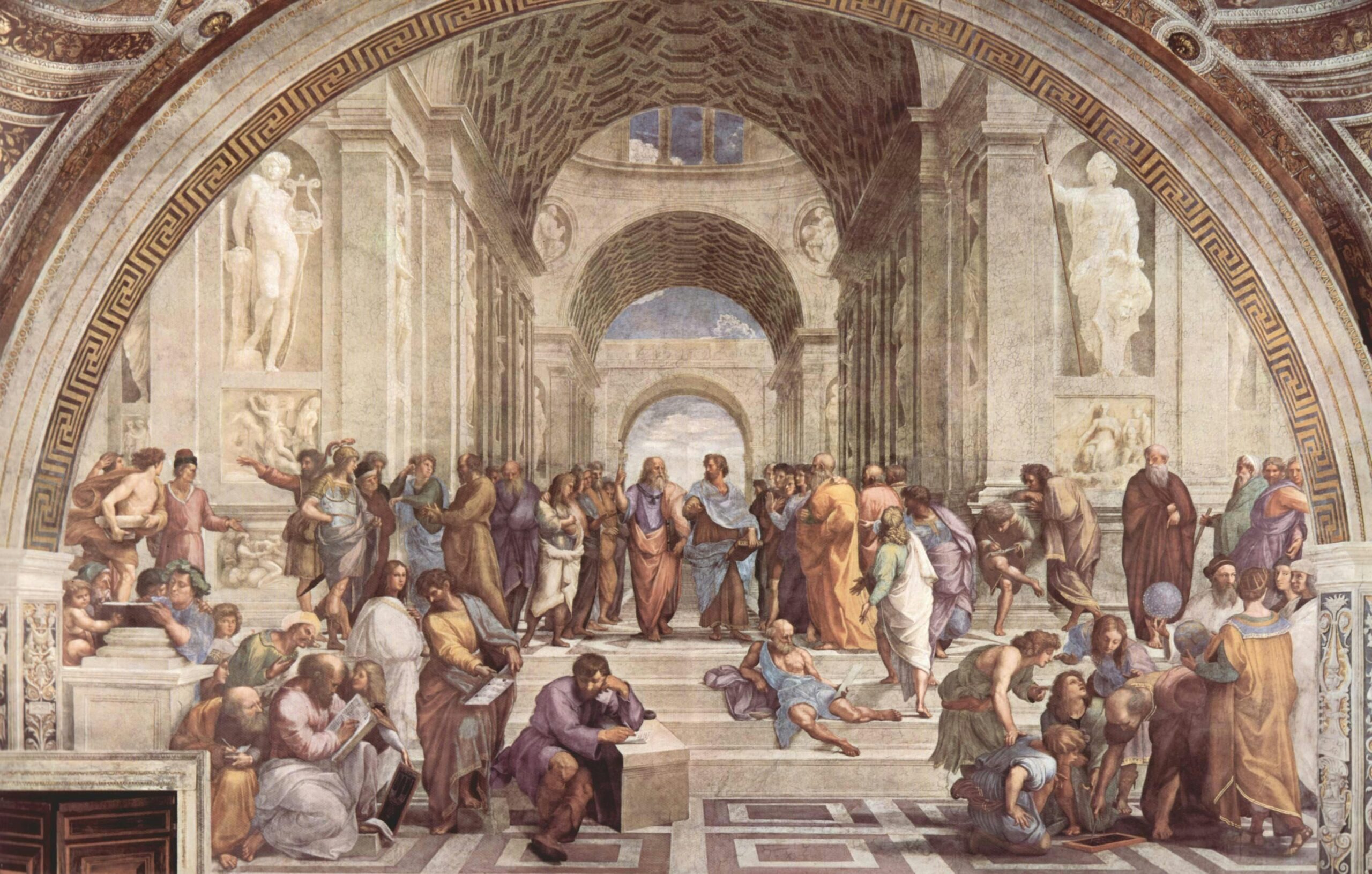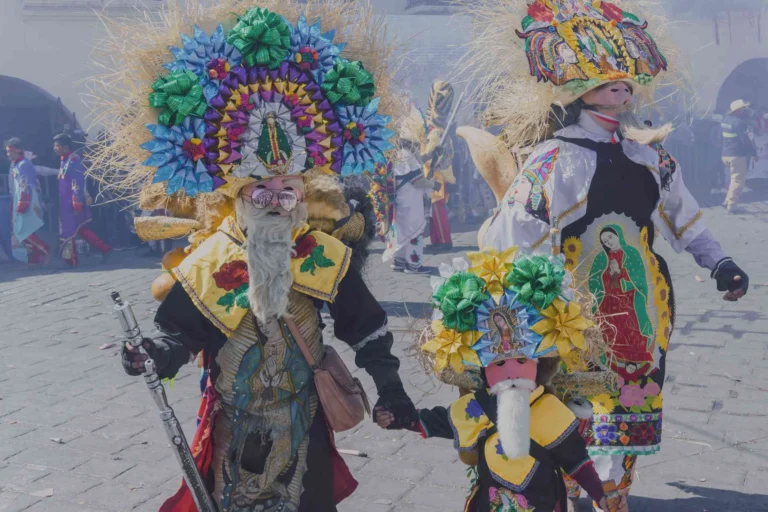Artistic Influence: How Ancient Art Forms Shape Modern Media
Art has a unique way of transcending time, connecting the present to the distant echoes of the past. Today, even as we immerse ourselves in the world of digital media and contemporary art, the influence of ancient art forms is unmistakable. This enduring presence is not just a tribute to the talent of ancient artisans but also a testament to the lasting impact of their work on modern media. Let’s explore how these ancient practices continue to inspire and shape our artistic landscapes today.
The Timeless Elegance of Classical Sculpture
The sculptural art of ancient Greece and Rome focused on idealized beauty and human form, principles that continue to resonate in modern sculpture, fashion, and photography. Classical sculptures were not merely depictions; they were visions of perfection, balance, and proportion. Today, these principles can be seen in the streamlined designs of haute couture and the aesthetics of visual storytelling in film and photography, where the interplay of light, shadow, and form pays homage to these ancient ideals.
The Narrative Depth of Egyptian Hieroglyphs
Egyptian hieroglyphs were more than just writing; they were an integration of artistic expression and narrative depth, imbuing simple messages with complex spiritual significance. Modern graphic design and visual storytelling often draw on the use of symbols to convey deeper meanings or to enhance the narrative capacity of logos and branding. The concise visual impact of a well-designed logo can communicate a company’s ethos or product’s purpose at a glance, much like a hieroglyphic inscription might once have told a tale of divine kingship or sacred belief.
The Dramatic Echoes of Greek Theatre
The ancient Greeks laid the foundations for modern drama and theatrical expression, inventing genres such as tragedy and comedy that have influenced countless plays, films, and television scripts. The use of masks in Greek theater, to denote character and emotion, can be paralleled in the use of distinct character types and tropes in modern media that communicate complex character information succinctly to an audience. The archetype of the tragic hero, struggling against fate, continues to be a compelling theme in contemporary narratives, showing the timeless appeal of these ancient stories.
The Vibrant Traditions of Indigenous Art
Indigenous art forms across the world, known for their vibrant colors and intricate patterns, have influenced everything from modern art installations to fashion and home decor. These patterns are not just decorative but are often imbued with significant cultural meanings, telling stories of ancestral heritage and the natural world. In modern media, these designs can be seen influencing everything from the aesthetics of video games to the prints used in fashion, where they add depth and narrative to everyday objects.
The Mystical Allure of Middle Eastern Calligraphy
Middle Eastern calligraphy, particularly from the Islamic tradition, is an art form that treats writing as a visual celebration. Its flowing, intricate designs have influenced modern graphic art and typography, where the artistry of the letterform itself can communicate as powerfully as the words. This style of calligraphy has also influenced modern public art and mural designs, infusing contemporary spaces with a sense of rhythm and flow that engages viewers beyond the literal meaning of words.
The Collective Wisdom of African Mask-Making
African masks were not just art; they were a profound element of communication and ritual, embodying the spirits of ancestors or gods. Today, the influence of African mask-making is evident in contemporary fashion, art, and design, where masks are often used symbolically to represent themes of identity and transformation. This influence extends to the performing arts, where mask work remains a powerful tool for expressing abstract concepts and emotional depth.
The Bold Simplicity of Japanese Ink Painting (Sumi-e)
Sumi-e, or Japanese ink painting, emphasizes simplicity, spontaneity, and concentration. This philosophy of “less is more” profoundly influences modern minimalist design, from digital user interfaces to architectural spaces. The aesthetic, focused on the essence of the subject, encourages a kind of mindfulness in art that resonates in today’s fast-paced, often cluttered world.
These ancient art forms provide a wellspring of inspiration that modern media continue to draw from, creating a bridge across centuries that not only honors the past but also enriches our present. Whether it’s through the structural beauty of a classical statue, the narrative depth of a hieroglyph, or the vibrant patterns of indigenous art, these ancient practices challenge and inspire today’s artists to blend history with innovation.







